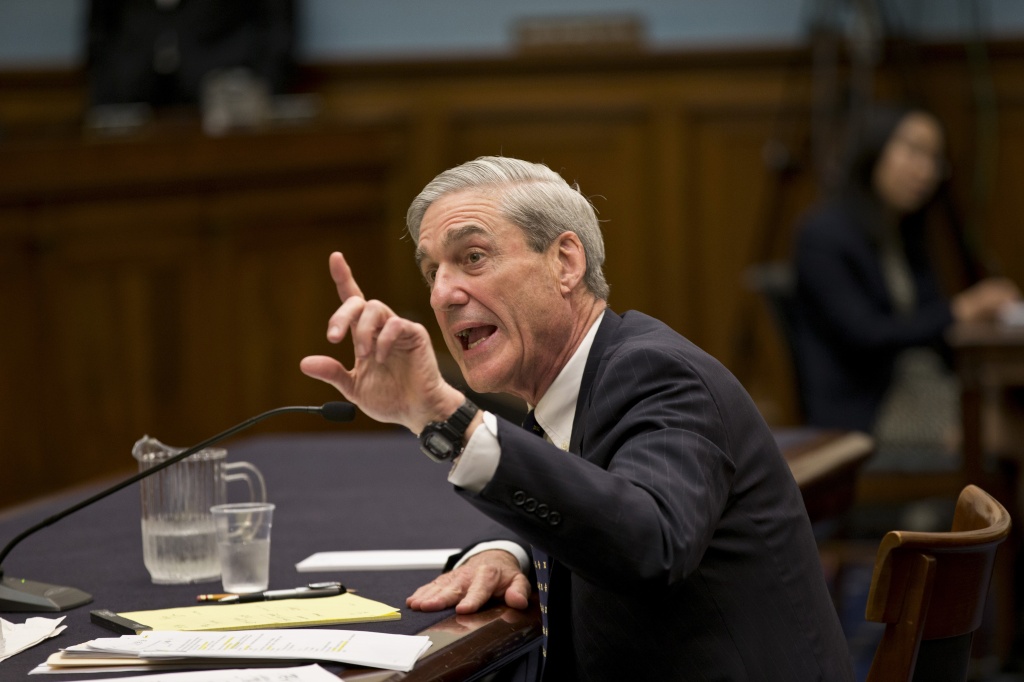
FBI Director Robert S. Mueller
A new publish report indicates the FBI sent 27 people to prison on death row, on corrupted evidence that was compromised in the Federal Bureau of Investigation’s lab. It was discovered FBI employees lied on the witness stand about lab evidence to close out criminal cases, sending innocent people to prison, sitting on death row awaiting execution. The FBI is now reviewing these old cases.
The Judiciary Report has stated it before and will state it again, there are people locked away behind bars proclaiming their innocence and some are actually telling the truth. Sometimes innocent people lose their freedom and waste away in prison, while actually criminals walk free (you know, like George Zimmerman).
STORY SOURCE
U.S. reviewing 27 death penalty convictions for FBI forensic testimony errors
U.S. reviewing 27 death penalty convictions for FBI forensic testimony errors
It is not known how many of the cases involve errors, how many led to wrongful convictions or how many mistakes may now jeopardize valid convictions. Those questions will be explored as the review continues. The discovery of the more than two dozen capital cases promises that the examination could become a factor in the debate over the death penalty. Some opponents have long held that the execution of a person confirmed to be innocent would crystallize doubts about capital punishment. But if DNA or other testing confirms all convictions, it would strengthen proponents’ arguments that the system works.
FBI officials discussed the review’s scope as they prepare to disclose its first results later this summer. The death row cases are among the first 120 convictions identified as potentially problematic among more than 21,700 FBI Laboratory files being examined. The review was announced last July by the FBI and the Justice Department, in consultation with the Innocence Project and the National Association of Criminal Defense Lawyers (NACDL).
The unusual collaboration came after The Washington Post reported last year that authorities had known for years that flawed forensic work by FBI hair examiners may have led to convictions of potentially innocent people, but officials had not aggressively investigated problems or notified defendants.
Since at least the 1970s, written FBI Laboratory reports typically stated that a hair association could not be used as positive identification. However, on the witness stand, several agents for years went beyond the science and testified that their hair analysis was a near-certain match...